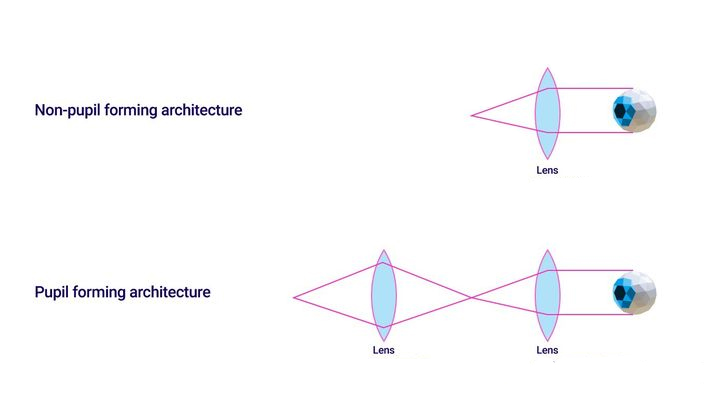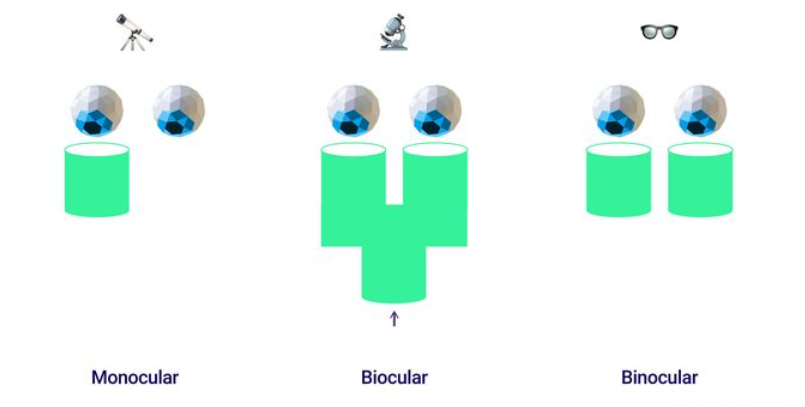The application of LED screens is getting wider and wider. From small stores to large squares, you will see the existence of LED screens. So how should we compare P2 and P3 LED displays? Let’s learn.
First, we need to understand the calculation method of the display screen:
Point spacing calculation method
The center distance between each pixel point and each adjacent pixel point; each pixel point can be one LED light [such as: PH10 (1R)], two LED lights [such as: PH16 (2R)], three LED lights [such as: PH16 (2R)], three LED lights [such as: PH16 (2R1G1B)], but we don’t need to care how the number of lamp beads is arranged, we only need to know the distance between the lamp beads and the lamp beads. Like the distance between the lamp beads of the P2 LED display The spacing is 2MM. Similarly, the spacing between the lamp beads of the P2 LED display is 3MM.

Screen length and width calculation
Length and height calculation method: point spacing × number of points = length / height
Such as: PH16 length=16 points×1.6㎝=25.6㎝ height=8 points×1.6㎝=12.8㎝
PH10 Length=32 dots×1.0㎝=32㎝ Height=16 dots×1.0㎝=16㎝
Calculation of the number of screen modules
Calculation method for the number of modules used on the screen: total area ÷ module length ÷ module height = number of modules used
For example: the number of modules used for 10 square PH16 outdoor monochrome LED displays is equal to:
10 square meters ÷ 0.256 meters ÷ 0.128 meters = 305.17678 ≈ 305
A more accurate calculation method: the number of modules used for the length × the number of modules used for the height = the total number of modules used
For example: PH16 monochrome LED display with a length of 5 meters and a height of 2 meters uses the number of modules:
Number of modules used for a long time = 5 meters ÷ 0.256 meters = 19.53125 ≈ 20
High number of modules used = 2 meters ÷ 0.128 meters = 15.625 ≈ 16
The total number of modules used = 20 × 16 = 320

Calculation method of visible distance of LED display
RGB color mixing distance The distance at which three colors are mixed into a single color: LED full-color screen viewing distance = pixel point spacing (mm) × 500/1000.
The minimum viewing distance is the distance at which a smooth image can be displayed: LED display viewing distance = pixel pitch (mm) × 1000/1000.
The most suitable viewing distance is the distance at which the viewer can see a highly clear picture: the best viewing distance of the LED display = pixel pitch (mm) × 3000/1000.
The farthest viewing distance: the farthest viewing distance of the LED display = screen height (m) × 30 (times).
Calculation method of scanning mode of LED display
scanning method
In a certain display area, the ratio of the number of lines lit at the same time to the number of lines in the entire area. Indoor single and double color is generally 1/16 scan, indoor full color is generally 1/8 scan, outdoor single and double color is generally 1/4 scan, and outdoor full color is generally static scan.
At present, the driving methods of LED display screens on the market include static scanning and dynamic scanning. Static scanning is divided into static real pixels and static virtual, and dynamic scanning is also divided into dynamic real image and dynamic virtual. The driving device generally uses domestic HC595, Taiwan MBI5026 , Japan Toshiba TB62726, generally have 1/2 sweep, 1/4 sweep, 1/8 sweep, 1/16 sweep.
List the description:
A commonly used full-color module pixel is 16*8 (2R1G1B). If it is driven by MBI5026, the total module used is: 16*8*(2+1+1)=512, MBI5026 is a 16-bit chip, 512/ 16=32.
- If 32 MBI5026 chips are used, it is a static virtual
- If you use 16 MBI5026 chips, it is a dynamic 1/2 sweep virtual
- If you use 8 MBI5026 chips, it is a dynamic 1/4 scan virtual
- If two red lights are connected in series on the board:
- With 24 MBI5026 chips, it is a static real pixel
- With 12 MBI5026 chips, it is a dynamic 1/2 scan real pixel
- With 6 MBI5026 chips, it is a dynamic 1/4 scan real pixel
On the LED unit board, the scanning modes are 1/16, 1/8, 1/4, 1/2, and static.
How to differentiate
One of the easiest ways is to count the number of LEDs on the unit board and the number of 74HC595s.
What is the difference between p2 and p3 led displays?
This is the direction that users will be guided in when they are not familiar with the purchase of LED displays: model selection. Different models of led displays have different prices. What is the difference between P2 and P3 led displays?
From the previous content, we already know that the smaller the dot pitch, the more pixel points, the clearer the display screen and the higher the price. This is also the reason why the smaller the model in the LED display, the more expensive the price, because the higher the number of pixels, the higher the price. The more the number of lamp beads required, the higher the cost of raw materials.

Speaking of pixel density, the number of points of P2 is 250,000 points/㎡, and the number of points of P3 is 111,111 points/㎡, which is also one of the differences.
In addition to the above, the viewing distance of the led display is also related to the model. For example, the viewing distance of P2 should be ≥2M, and the viewing distance of P3 should be ≥3M. If P3 is viewed within 2m, it will have obvious graininess, so the distance The closer it is, the smaller the model needs to be. The viewing distance of the P2 model should be ≥2M, which is a simple calculation, and the manufacturer’s suggestions can be consulted for specifics.
To sum up, the differences between p2 and p3 led screens are: different models, different prices, different points, and different viewing distances. When users choose an LED display, they can’t just look at the dot pitch. The smaller the dot pitch, the better, and the more brand-faced the LED display is. The smaller the LED display model, the brightness cannot meet the standard for outdoor use. Therefore, outdoor and indoor LED displays cannot be confused, but there are also models that can communicate with each other outdoors and indoors. The specific choice needs to be analyzed in detail.